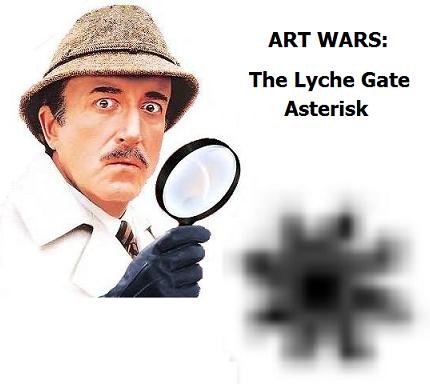University of California anthropologist Alan Dundes:
"One could well argue that binary opposition is a universal. Presumably all human societies, past and present, made some kind of distinction between 'Male and Female,' 'Life and Death,' 'Day and Night' (or Light and Dark), etc." –"Binary Opposition in Myth: The Propp/Levi-Strauss Debate in Retrospect," Western Folklore, Winter 1997
To Levi-Strauss, I prefer Clifford Geertz —
"…what Levi-Strauss has made for himself is an infernal culture machine." –"The Cerebral Savage"
— and Heinrich Zimmer —
"…all opposition, as well as identity, stems from Maya. Great Maya is wisdom and increase, stability and readiness to assist, compassion and serenity. Queen of the World, she is alive in every nuance of feeling and perception; feelings and perceptions are her gestures. And her nature can be sensed only by one who has comprehended that she is the unity of opposites." —The King and the Corpse
And then there are more up-to-date culture machines.
Levi-Strauss, obtuse and boring, is an opposite, of sorts, to the smart and funny Dundes. The latter, in the binary opposition posed in yesterday's Log24 title "Sinner or Saint?," is definitely on the side of the saints. (See selected Log24 entries for the date of his death– Warren Beatty's birthday.)
Today's happy birthdays — Elke Sommer —

and Sesame Street —

Google logo today, Nov. 5, 2009
Click images for historical background.
















